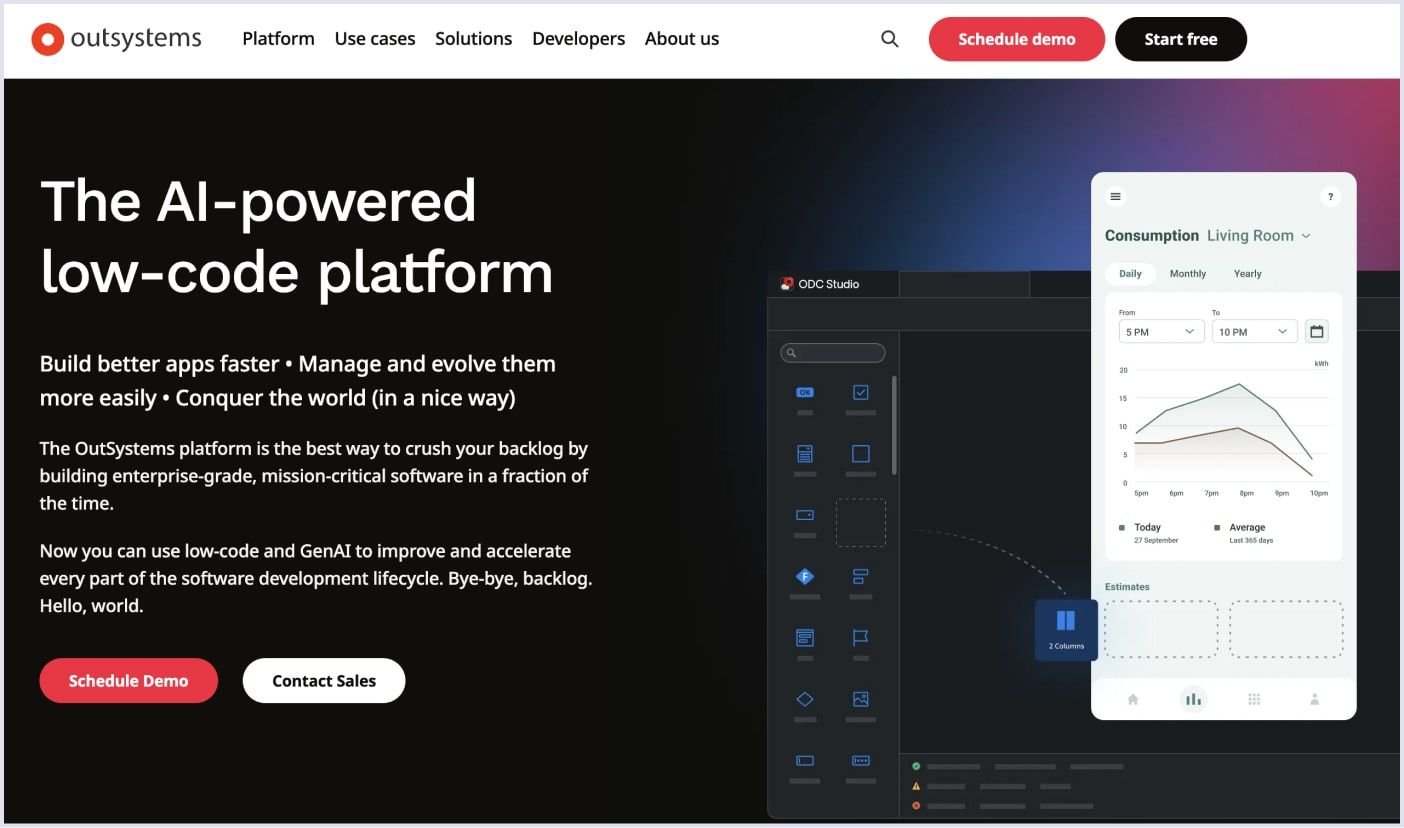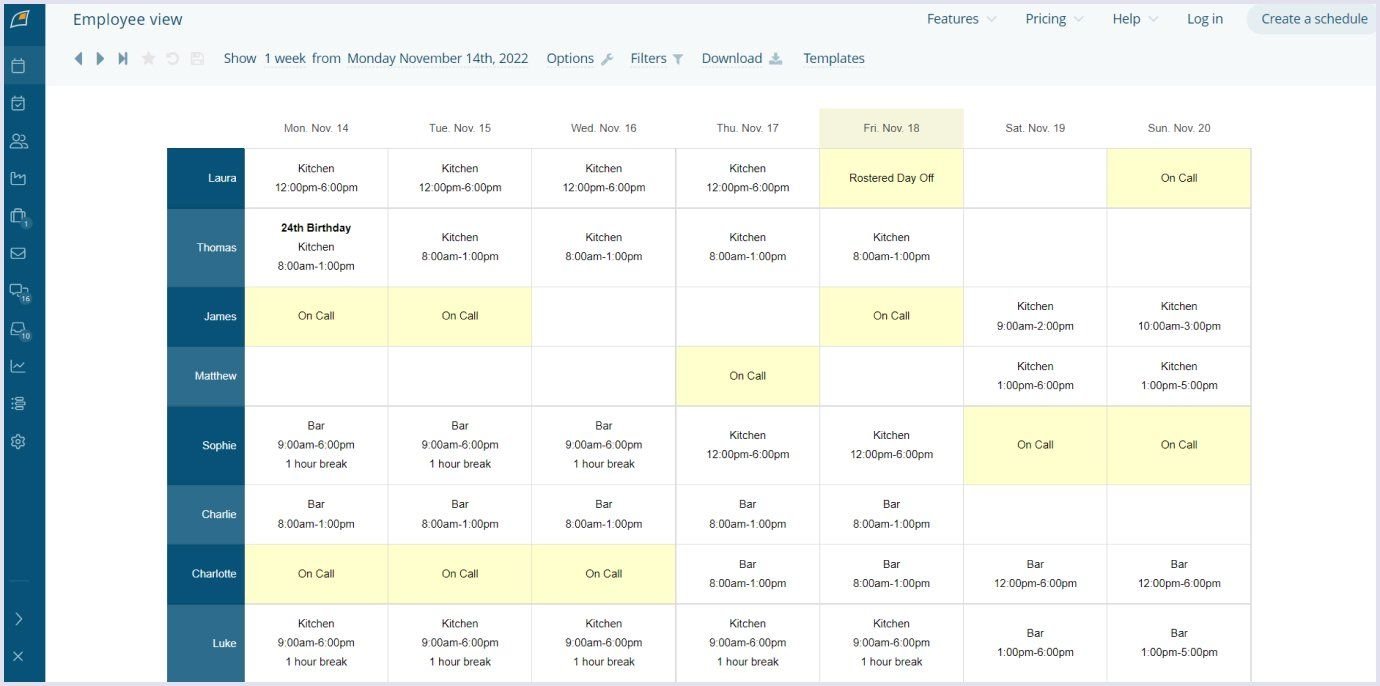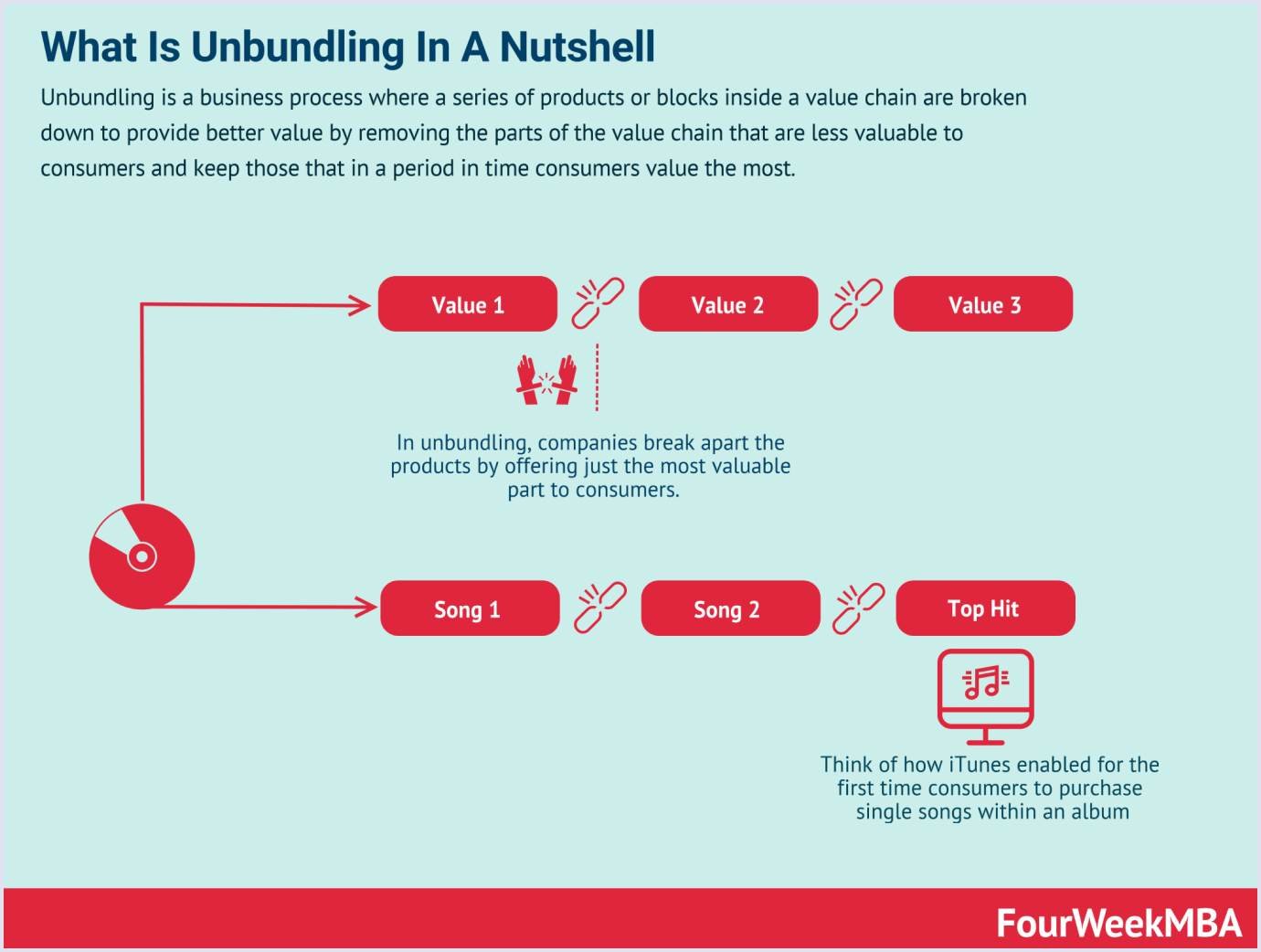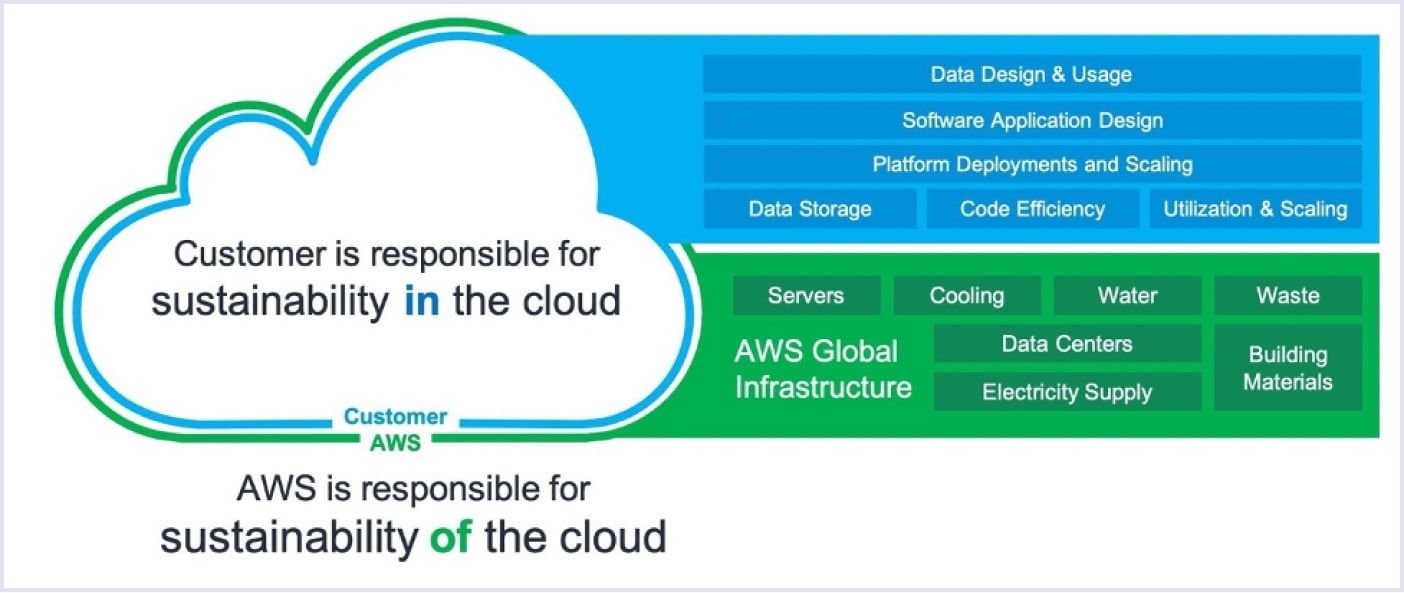Nowadays, different kinds of businesses are extensively moving to the cloud. Various reports and studies show that over 80% of businesses use cloud services and SaaS solutions. Needless to mention how profitable investment in SaaS is, right?
Yet, to stay afloat in the information technologies arena, you need to arm your offering with precise technology and fresh tools. In other words, it would be challenging to build a SaaS product without exploring development trends and the market overall.
Multi-cloud strategy
In 2022, software as a service companies chose to spread their services across various providers. This approach is known as the multi-cloud strategy, and it has been steadily growing up to 2025. It offers many pros, including flexibility and security in running business operations.
Also, the multi-cloud approach helps prevent attachment to one specific ecosystem. Thus, you can avoid situations where cloud service providers change the apps or terminate the app support. Multi-cloud helps create backups. Multi-cloud also decreases system errors or downtime, preventing breaks in business operations.
Accordingly, the majority of mid to large enterprises use a multi-cloud solution. Small companies, on the other hand, rarely adopt multi-cloud solutions due to tight budgets.
If you switch to multi-cloud services, your business no longer depends on one cloud provider. This provides the following advantages:
- Avoiding vendor lock-in and greater flexibility in changing providers if needed;
- Cloud service cost optimization and switching to a different provider if costs are too high;
- Security and ability to move workloads to a public cloud or IaaS platforms in case of DDoS attacks;
- Flexibility in geographies and ability to move data to local providers or data centers.
Artificial intelligence
In recent years, artificial intelligence (AI) has steadily integrated into various businesses. Today, it is trendy, with different AI-powered solutions popping up regularly.
This catch-all trend has expanded to cloud solutions and has taken root in SaaS. Yet, machine learning and natural language processing are already key trends in SaaS technologies. Various SaaS products use AI-powered technologies for different purposes, as they allow the generation of speech, text, and images and can be implemented to perform dozens of different tasks.
For example, AWS AI Services is a key player in this area. AWS offers machine learning for data scientists and developers and suggests machine learning (ML) tools for business predictions. The services include a use case for massive healthcare data and industrial equipment control.
Another excellent use of AI is Salesforce. This SaaS software tracks customer behavior, helping businesses improve their services. Based on the collected data, the app offers needed adjustments.
Low code/no code cloud services
According to the survey, the low-code market will reach $94.75 billion by 2028 at a compound annual growth rate (CAGR) of 31.6%. Low-code and no-code tools help quickly build and deploy projects that do not require complex architecture. They are mostly used in web development and design. You can even build AI/ML-powered apps with low-code/no-code tools.
Most low-code/no-code services are cloud-based, which means that you do not need to operate infrastructure for such tools. Examples of low-code platforms are OutSystems, Mendix, Figma, Airtable, and Zoho Creator. These help create business apps, designs, and spreadsheets.

Source: OutSystems

Vertical SaaS
Vertical cloud is another SaaS trend in 2025. While horizontal SaaS uses a one-stop-shop approach, the vertical SaaS model aims to meet specific industry needs. That helps you get closer to your customers and offer them the best practices in the field.
Vertical SaaS is also a pretty profitable venture. Some researches indicate that it 8x reduces customer acquisition costs compared to horizontal cloud platforms. Likewise, vertical SaaS helps you evade the cutthroat competition of the cloud space. With your unique service, you can carve out your own niche and deliver greater business value.
This tendency is expected to be one of the leading SaaS future trends. Notably, logistics, retail, analytics, and health BI software are promising spheres for adopting vertical cloud for now.
Speaking of vertical SaaS, our team has just the right case to share. Recently, we developed a custom SaaS platform for the bakery. It is a vertical SaaS that connects cake makers and customers, aiming to facilitate their operations in Australia. The solution includes a convenient quote system and a simple messaging feature. Through them, customers can indicate what cake they want, on which occasion, and other parameters.
We also included a calendar for bakers and customers, allowing scheduling orders. Integration with Google Maps API and Google Places API allows for a quick search for bakery locations.
Below is the video to help you grasp the idea of this SaaS feel and flow.
You may also like: Top SaaS Pricing Models: Pros and Cons of Each Example
Micro-SaaS
The increase in micro-SaaS products is another example of SaaS trends that are targeted to meet customer needs better. They include add-ons, accessories, and extensions designed to complement the functionality of other SaaS tools.
Micro-SaaS projects usually require small teams and little cost. Also, this model lets you have high margins alongside low risk and location independence. Thus, micro-SaaS enables you to use all the cloud benefits to serve clients in your small market.
For example, the FindMyShift micro-SaaS company helps to allocate and manage labor resources.

Source: FindMyShift
Recommended reading: IaaS vs PaaS vs SaaS: Choosing the Best Cloud Computing Model
Customer experience focus
The SaaS industry overview shows that many SaaS platforms suffer from a lack of customer service. Thus, it is an important issue to solve, and in 2025, the market offers lots of ways to do so.
Unsurprisingly, customers prefer solutions that aren’t too complex and meet their specific needs. Consequently, SaaS providers offer more options to potential customers, such as improved personalization, white labeling, and the ability to customize APIs.
Furthermore, SaaS providers are increasingly focused on simplifying their services to retain customers. The ease of use is a big advantage, especially for small businesses.
At Codica, we have been delivering SaaS products since 2015 with customer experience as one of our priorities. For example, we successfully created real estate SaaS connecting homeowners, agents, and tenants.
A remarkable feature of this platform is 3D tours. They help users view real estate property in detail by scrolling through the imagery. These functions save users time and cost for visiting each property.
This is one of the examples of the projects our experts delivered. Feel free to learn more in our portfolio.
Recommended article: SaaS Marketing Strategy: How to Promote a SaaS Startup
AI-driven personalization at scale
Just like all others, this trend is all about catering to users. But, in this case, it is done using advanced AI integrations.
Nowadays, AI can be used in a plethora of ways, all to deliver hyper-personalized user experiences across SaaS platforms. This goes beyond basic recommendations—think dynamic UI adjustments, adaptive workflows, and AI-driven content creation. Besides, businesses can make proactive, data-backed decisions rather than reactive ones. AI models can forecast churn, sales trends, security threats, or system failures, improving efficiency and strategic planning.
There are many SaaS apps that already utilize AI. For instance:
- Salesforce Einstein. It’s an AI-driven CRM platform that provides insights that personalize customer interactions, recommend sales actions, and predict customer needs.
- Grammarly AI writing assistant. In addition to base tools, Grammarly uses AI that adapts to user tone, context, and writing goals to provide personalized writing suggestions.
- Shopify AI smart product recommendations. With AI, Shopify analyzes shopping behavior to deliver customized product suggestions that increase conversions.
- Adobe Sensei AI. In this case, Adobe implemented AI that powers real-time design suggestions, automated photo enhancements, and personalized creative content tailored to user preferences.
Enhanced security
Undoubtedly, high data protection is the future of the SaaS industry. The speed and depth of digital transformation not only provide business benefits but also create cyber risks.
For example, according to Gartner's analysis, spending on security risk management has grown 14.3% in 2024, hitting more than $214.95 billion. One of the factors in security spending growth is shifting to cloud solutions and multi-cloud services. SaaS businesses’ top priority is protecting themselves and their customers from data leaks, breaches and other issues. Therefore, developers raise the bar of their products' security, making cybersecurity and QA industry more expensive.
Obviously, security and compliance risks are the main barriers to realizing the benefits of the cloud. Definitely, security is a deciding factor in choosing a cloud partner. Hence, it is essential not to render your business vulnerable to cybercriminals and improve data protection.
Read also: SaaS Security Checklist: Best Practices To Protect a SaaS App
Unbundling
Many SaaS companies bundle their software together within their pricing strategy. This leads to giving an enhanced user experience, but at a higher cost, too. As businesses realize this problem, they split their software in separate packages. By unbundling SaaS solutions, SaaS vendors can offer more flexible pricing for customers. This mitigates vendor lock-in problems for customers.
Moreover, the SaaS industry overview shows that unbundled SaaS solutions suit customers' specific needs. Therefore, such apps are preferable.
Unbundling has become popular and one of the top SaaS trends. Thanks to this approach, SaaS vendors can provide more personalized solutions for customers.

Source: FourWeekMBA
An example of unbundling in SaaS is the products that appeared based on Excel. For instance, Salesforce appeared as an advanced version of CRM spreadsheets in Excel. Trello, Jira, and Asana are enhanced project management tools that replaced similar features in Excel.
Sustainable SaaS
As businesses prioritize sustainability, SaaS platforms are evolving to reduce carbon footprints, optimize energy use, and support ESG compliance. Sustainable SaaS integrates green computing, renewable energy, and carbon tracking tools to help companies cut costs and meet environmental standards.
Apart from the obvious positive side of things, sustainable SaaS is also highly beneficial.
- Cost savings. Energy-efficient cloud computing reduces operational expenses, lowering costs for SaaS providers and users.
- Improved brand reputation. Companies adopting eco-friendly SaaS gain trust and attract eco-conscious customers and investors.
- Operational efficiency. AI-driven optimization reduces server load, optimizes computing power, and enhances system performance.
- Advantage over competition. Businesses prioritizing sustainability stand out in the market, appealing to industries focused on green initiatives. Ultimately, this approach enhances business branding, elevating it from a customer perspective.
Noticeably, major players in the SaaS industry are already on this trend. Here are a few examples.
- Microsoft Cloud for sustainability. Tracks and reports carbon emissions for ESG compliance.
- Google carbon-intelligent computing. Optimizes cloud workloads to reduce energy use.
- AWS Sustainability Pillar. Helps SaaS companies build eco-friendly applications.
- Salesforce Net Zero Cloud. Manages carbon accounting and sustainability goals.
- Cloudflare Green Web Performance. Enhances content delivery with minimal energy consumption.
- IBM Environmental Intelligence Suite. Uses AI to monitor and reduce climate impact.

Source: AWS
Usage-based pricing
Traditionally, SaaS providers use a subscription model, which means paying a regular fee monthly or annually. However, a new trend shaping the SaaS pricing model is based on the services customers use. Thus, usage-based or consumption-based pricing means paying for the services that users apply.
So, what are the main reasons for this SaaS software trend? Due to global macroeconomic challenges, companies conserve and optimize their capital. A company can count on customer loyalty by offering pricing flexibility with the usage-based model. Thus, SaaS companies with the usage-based model will likely survive in the changing economic climate. That is why shifting to the usage-based model can be game-changing in the near future.
SaaS companies move to the usage-based model only or combine it with flat fees. For example, the Zocdoc healthcare app applies only the usage-based model. Meanwhile, the Mailgun e-mail delivery service and WordStream marketing platform combine a usage-based approach with fixed fees.

Shaping the future of SaaS: Summary
Today, the SaaS industry is going through changes just like any other domain. Fortunately, changes promise new business opportunities. Technologies and customer demands are continuously moving on. Thus, to win this digital battle, keeping an eye on the market is a must.
We hope our list of the latest trends in the SaaS industry will help you stick out from the crowd and gain an advantage over your rivals. The Codica’s expert SaaS development services are always ready to provide a consultation or help you with SaaS creation. Do not hesitate to contact us if you need assistance!

